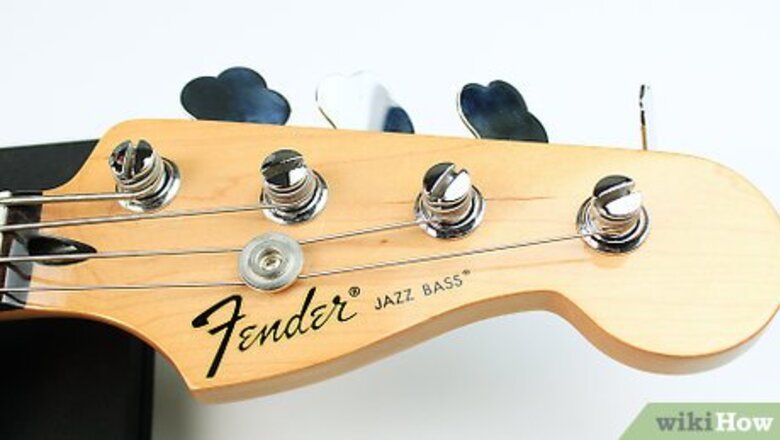
views
- Turn the tuner to loosen the string and pull the string out through the bridge or body of the bass.
- Thread a new string through the bridge assembly. Then, bend the end of the string, poke it into the tuner, and turn the key until the string is taut.
- Use the same technique to replace the remaining strings and tune your bass before you start playing it.
Examine the head of your guitar.
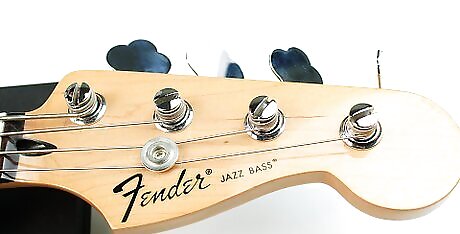
Note how the strings come off the grooves in the nut at the top of the neck, pass or bypass holders and the direction that they wrap around the tuners. This is very important for tone. You should have no less than 2 wraps around each tuner but no more than can fit around the tuner without overlapping.
Loosen the first string via the tuner until the wraps on the winder begin to visibly relax.

You can either take all the strings off at once and put new ones in all together, or do them one at a time. Some people prefer to change them one by one because it prevents changes in stresses on the neck. Others will periodically remove all the strings at once so they can clean the fretboard more easily. But that's your choice.
Get the string is loose enough then pull it from the tuner.

It will be bent on the end where it was stuck into the tuner.
Pull the string out either through the bridge or the body, depending on your particular bass.
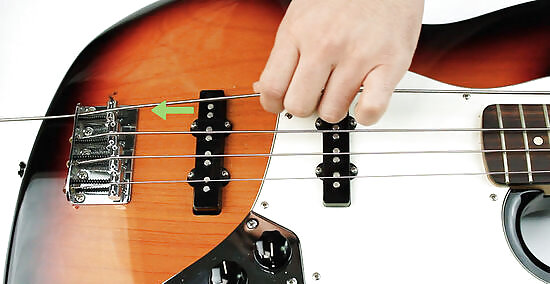
Sometimes it will be difficult to grasp the end of the string to pull it out, so alternatively begin by pushing the string out then pulling.
Clean the revealed portion of your bass guitar neck with a soft cloth or towel.

There are MANY treatments available to clean your guitar with, pick whichever is your favorite.
If the old string had the correct number of winds around the tuner, use it as a template for cutting the new string of the same gauge to length.
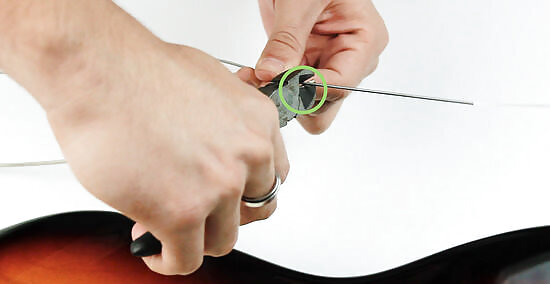
If not, it still can be used to guide you in cutting the length of the new string.
Pull the new string of the same gauge through your bridge assembly in the exact manner you removed it.
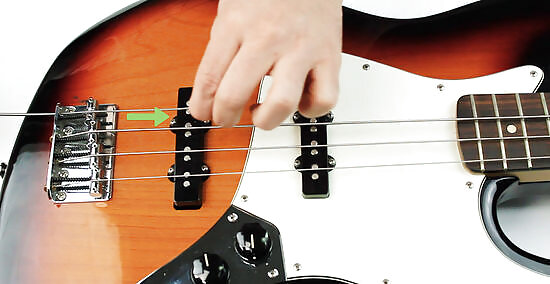
Be careful not to damage the guitar finish. Pull the string completely through the bridge before laying it on the nut.
Thread the string through and around guides, if any, being careful not to damage the string.
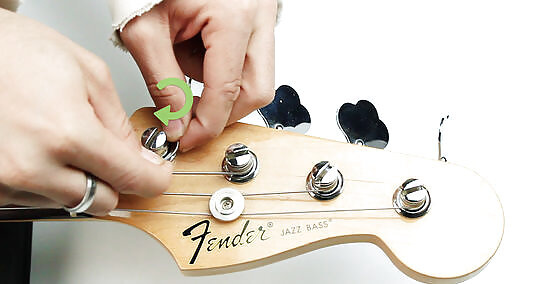
Finely wound or strings with coatings can be nicked or bent easier than one might think.
Pull the string taut, tighter if you want but tension is not necessary here.

Wrap it around the tuner until there is about an inch left.
Examine the wraps on the tuner; they should not be overlapping, but lay side-by-side nicely.
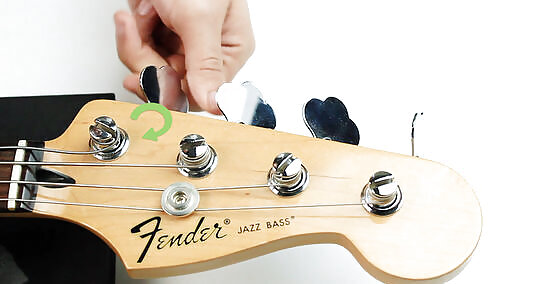
Correct it if necessary.
Bend the end and poke it into the center of the tuner.
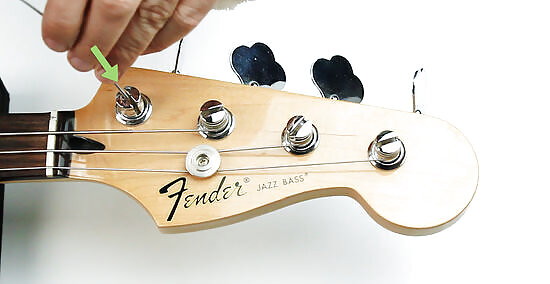
Make sure not to put the tip in before wrapping if possible, since doing this will twist the string and can lower its integrity and sound quality.
Hold the end in the tuner and turn the key until it begins to pull tight, and bring it in close to tuned.
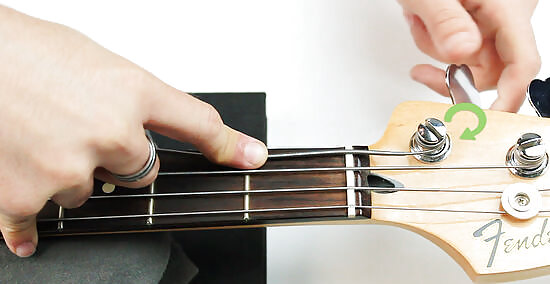
A final tuning will be performed after all strings have been restrung. There should be at least two complete wraps present on the tuner, but still no more than can fit on without overlapping. The new string should sit on the bass just as the old one did.
















Comments
0 comment